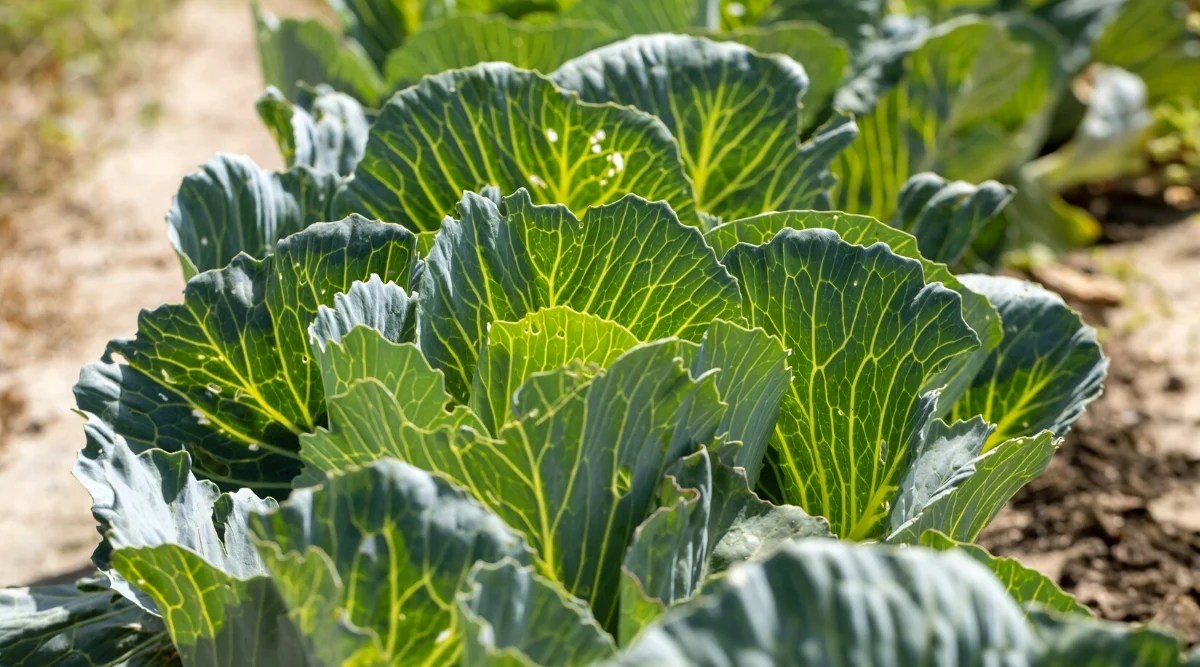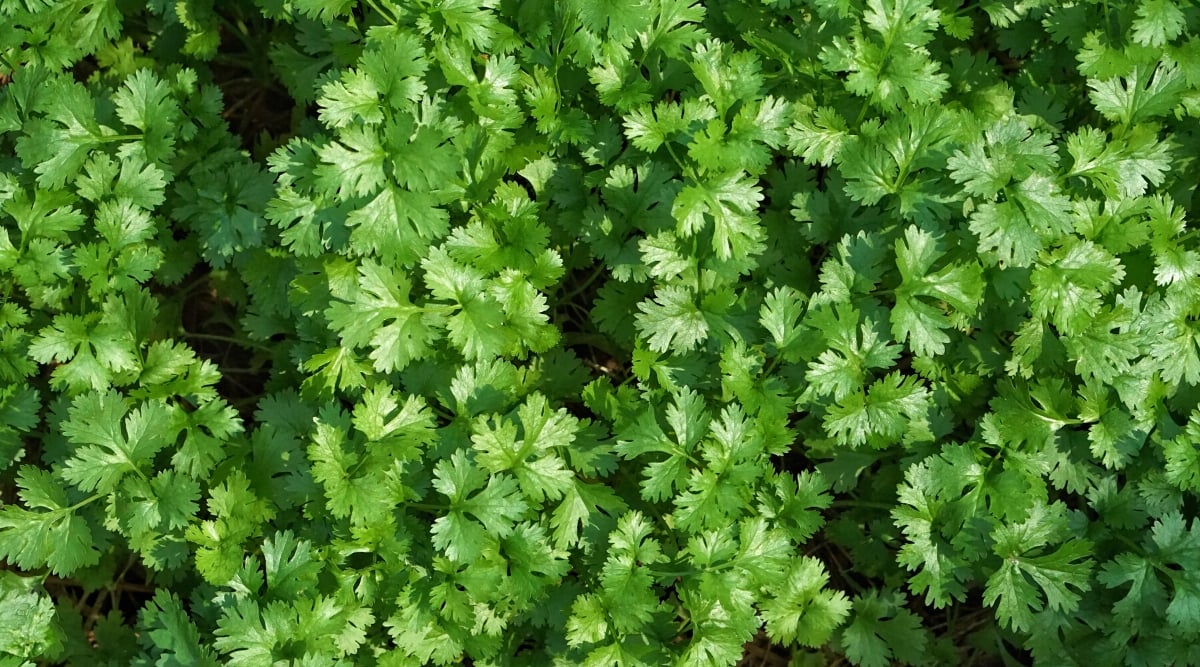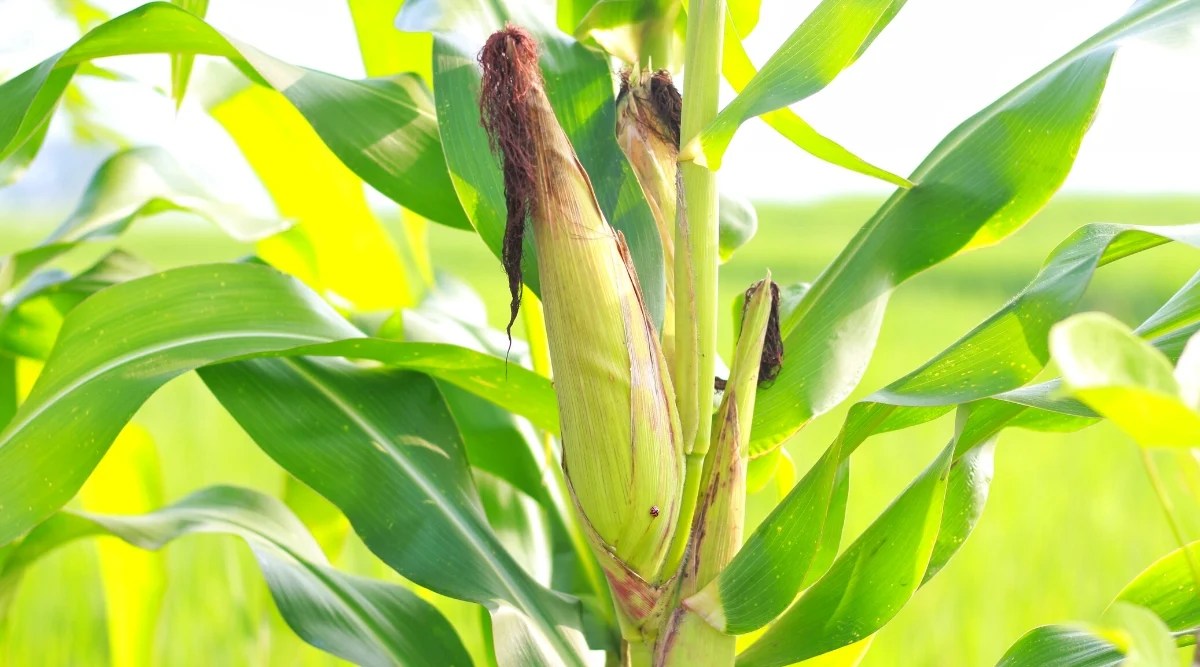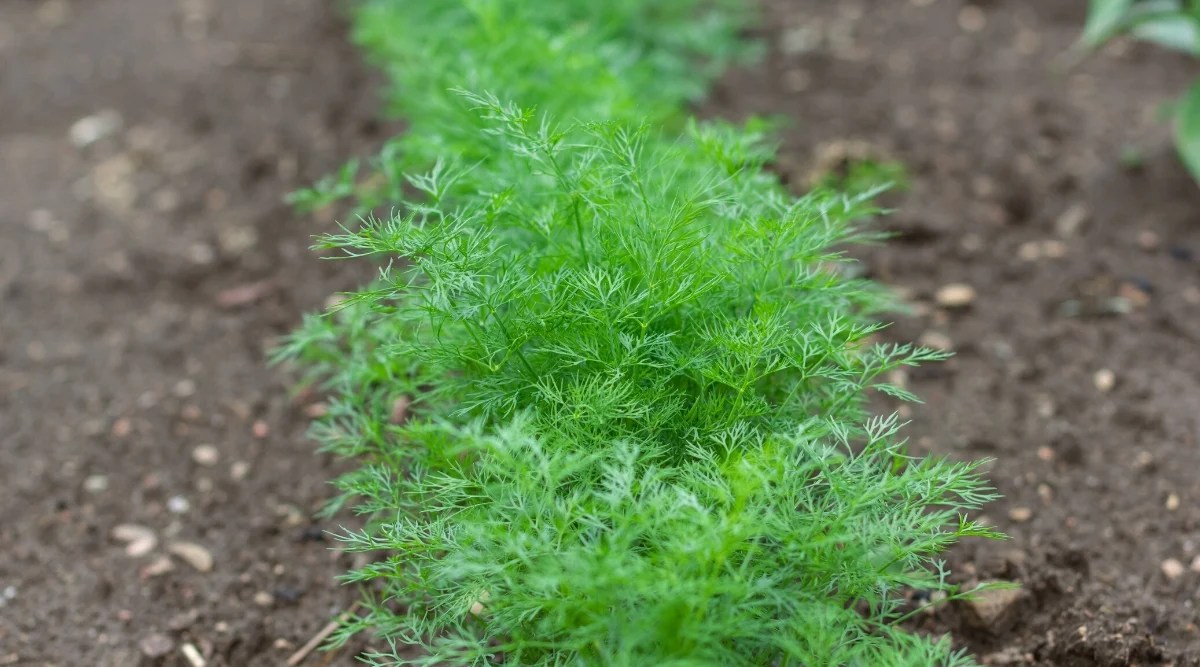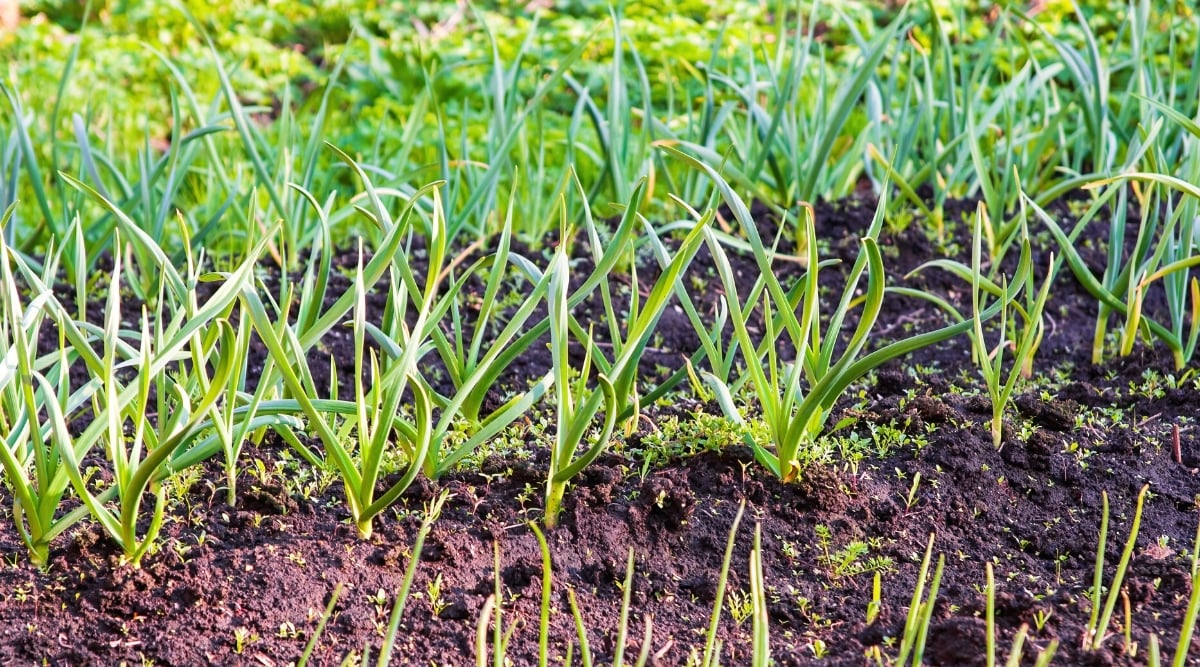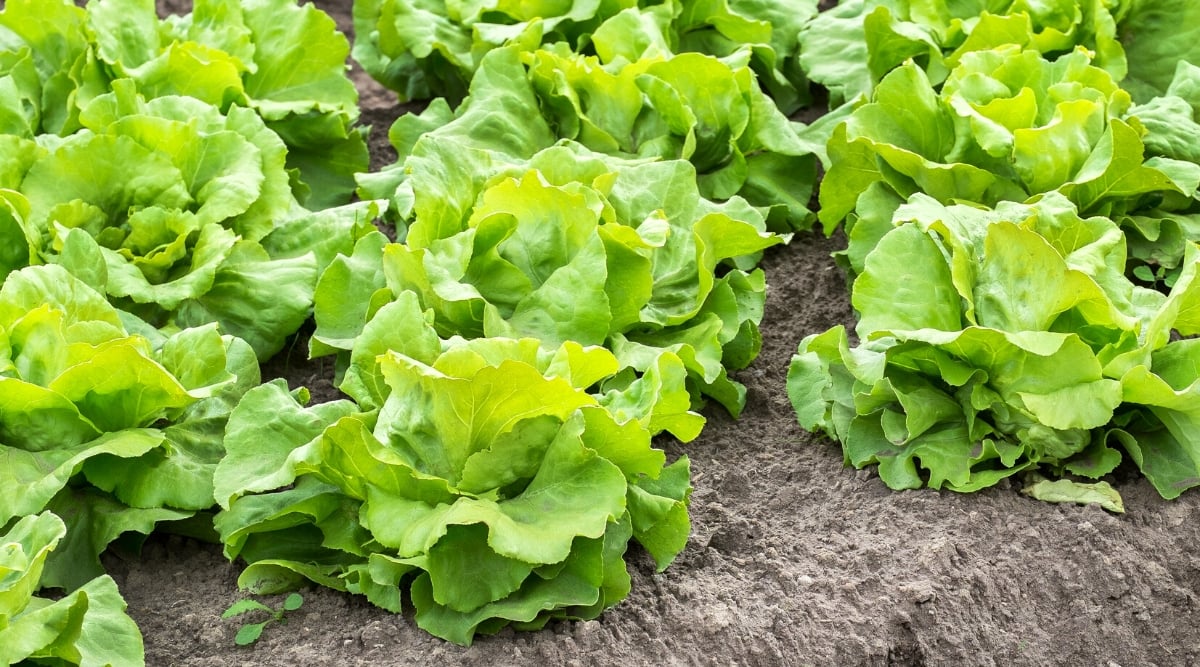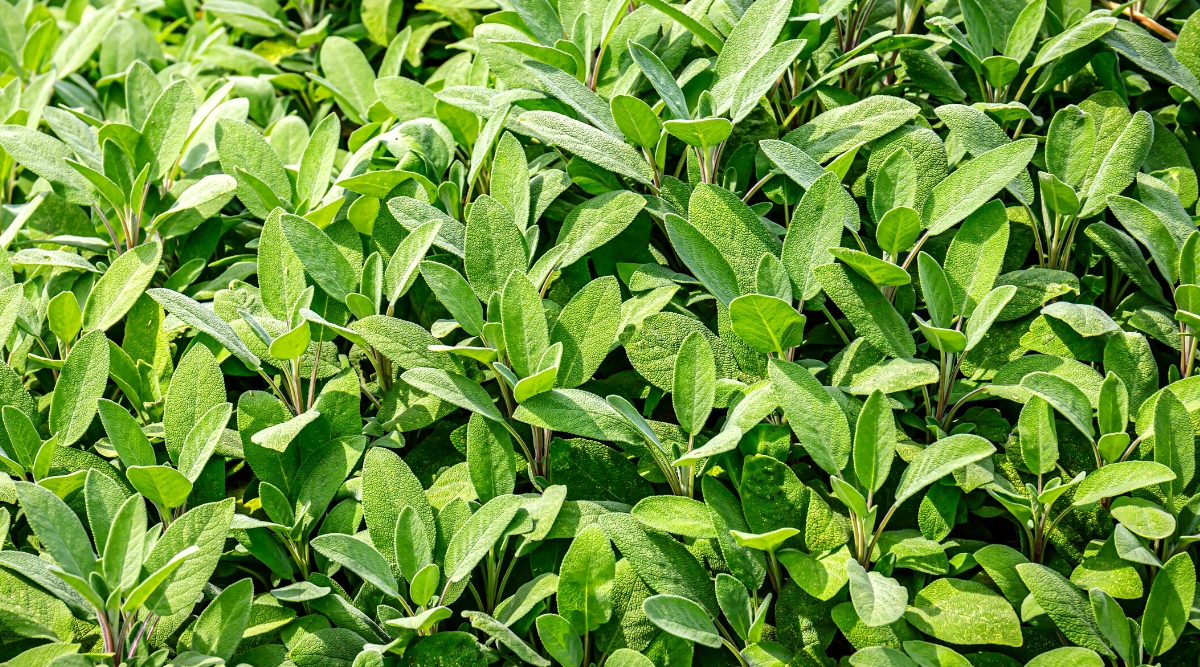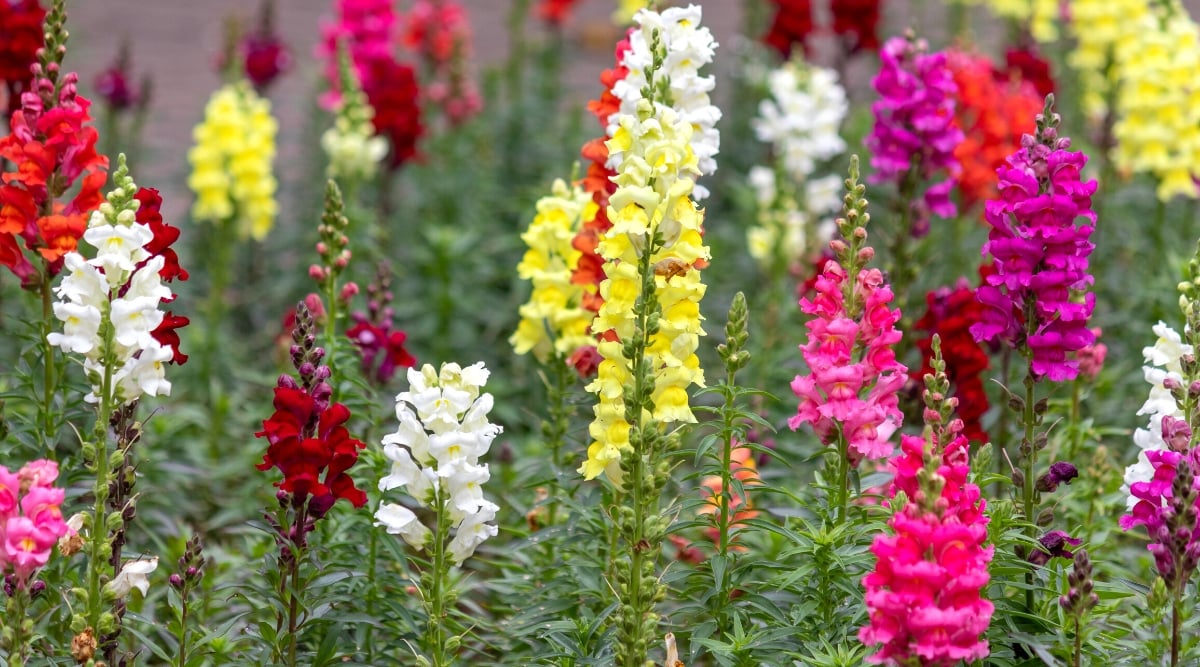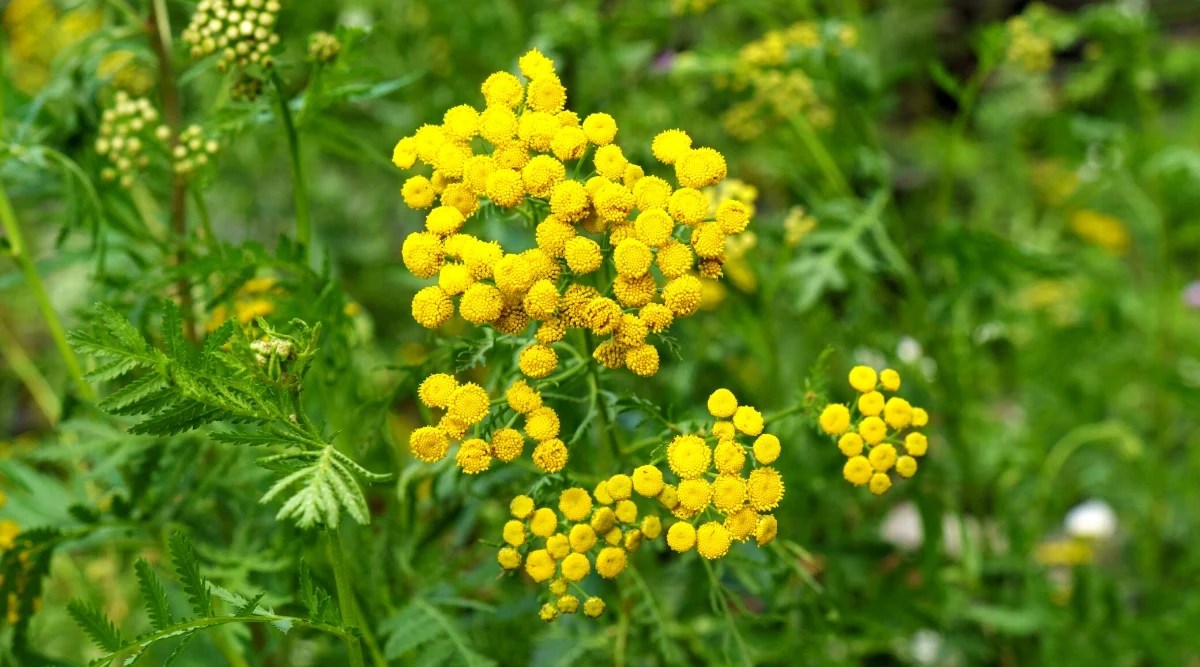Fruits
Are you looking for a few companion plants to grow with your watermelons this season ? There are good deal of dissimilar options to choose from . In this article , horticulture expert Kayleigh Brillon looks at her preferred plants to grow with watermelon this season !
Contents

watermelon are giant , juicy , and scrumptious . They ’re astaple for many gardenersand a favorite summer treat . But what about all those vine ?
If you have limited blank space , you might not need to dedicate half your garden to plants that will only produce 2 - 4 fruits each ! Fortunately , you’re able to make the most of your blank with watermelon familiar plants .
comrade plantingis an easy way to make your garden employment double overtime while you sit back and slack . pick out your plants wisely , and you ’ll see happy industrial plant that grow strong and big because of their neighbor !
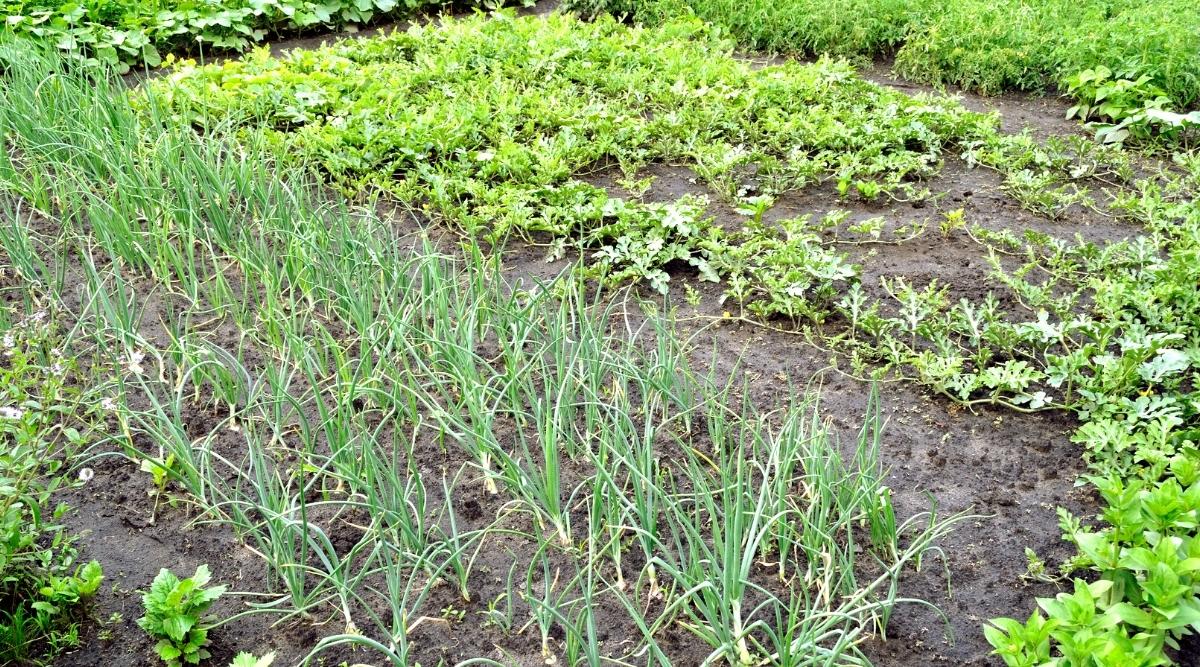
But , again — what about those vine ? Surprisingly , you’re able to company plant with watermelons despite how much space they take up and no matterwhat watermelon vine varietyyou’ve decided to grow . lease me show you how a niggling planning will make your flora go a long agency .
About Companion Planting
Companion planting is n’t a new affair ; it’sbeen around for centuries , if not millennia . It ’s the practice of putting plants that profit each other together in the same area so they can glean the benefits . While raise one type of plant in one area may be well-off for you ( this is called monoculture ) , it does n’t benefit the ecosystem much .
If you plant watermelons by themselves , you ’ll have lot of space for watermelons to grow . But , if you plant watermelon with nasturtiums and beans , you could have fewer aphids attacking your melons , and your melons will grow more smartly thanks to the nitrogen - give legumes .
The watermelons are n’t the only matter reaping benefits , though ; they act as a priming covering for the dome and flush to keep them protect .

Companion planting is part of the practice shout out permaculture , which , put merely , is letting nature do its thing !
Watermelons as Companion Plants
Before you choose companion plants for your watermelons , you should in all probability infer how Citrullus vulgaris acquit around others . They have good trait and bad traits , so they ’re not a good neighbour towards everything .
Benefits
watermelon can keep weeds down to a lower limit by choking out undesirable plants . They ’re really only helpful once they have foresightful vine , so weeds could be a trouble when the plants are vernal . Still , you wo n’t have to drop as much time weed in the summer !
The long vines can also prevent malarkey blowing aside all your soil . If your garden is n’t protect from the wind , watermelons can assist you out . The vines and roots can also forestall water from washing away soil , so the melons can help with wrong mastery if you have torrential rainwater .
Disadvantages
Do you know how I said they could choke out undesirable plants ? Well , they can choke out desired plants , too . While intercropping is possible , you must be strategic and ensure the vine do n’t get out of control . Companion planting may look like plants along the borders or in containers if your melon vine are a fiddling rowdy .
Watermelons are athirst and thirsty . You ’ll need to irrigate them a lot ( they’rewatermelons , after all ! ) and give them some extra fertilizer or compost here and there . plant life that do n’t like frequent alimentation wo n’t work well in the melon vine patch , so you ’ll have to consider that .
Companion Plants for Watermelons
There are wad of watermelon comrade plants to choose from . Here are some of the best choice . Remember , a safe neighbor to watermelon wo n’t contend with ascendent space and nutrients or fill in out the plant .
Basil
Basil is a friend to many in the garden . Its firm scent keeps away many pestilence , including thripid , which can endeavor to make their base on your Citrullus vulgaris works . Plant basil between watermelon rows or on the borders of your patch to throw insects off the olfactory property .
Basil has a shallow root system and can have a shaggy-coated growth riding habit . It should n’t negatively regard your Citrullus vulgaris if you space them suitably , but you may always engraft them in a container nearby if you have any concerns .
Beans and Peas
Bush and polevarieties of beansand peas are no - brainer fellow plants thanks to the nitrogen - fixing root . They take nitrogen from the strain and store it in their roots , which then deposit it into the soil as they decompose . When set before watermelons , you ’ll give them a nitrogen rise that will serve them develop uncompromising vines . And when engraft next to watermelon , noodle do n’t vie for the soil ’s atomic number 7 as they ’re pull it from the air !
You might think rod varieties and vine do n’t flux , but it ’s a longstanding relationship . The Three Sisters method of agriculture traditionally used by Native Americans place corn , perch bean , and squash whole , and you may expend this same method with watermelons instead of squash
Corn or sunflower playact as a rude trellis for the legumes , legumes provide nitrogen , and watermelon vine act as a ground back .

Cabbage
Since cabbage is so expectant , you wo n’t desire it too nigh to your watermelon vine , but it’sstill a good companion to keep aroundas a gob crop for pests . Many insects that like Citrullus vulgaris also enjoy a good cabbage , include flea beetles , cabbage loopers , aphids , common beet armyworms , and thrip .
flora cabbage at the ends of your watermelon row to preclude them from getting in the direction of the ancestor and vines . Many insects should flock to the cabbage , so you should see reduced damage on your melon vine plants . It ’s up to you if you want to endeavor to glean the cabbage or get the critter have it .
you’re able to also habituate any other brassica , like collard greens , kail , or Brassica oleracea italica .
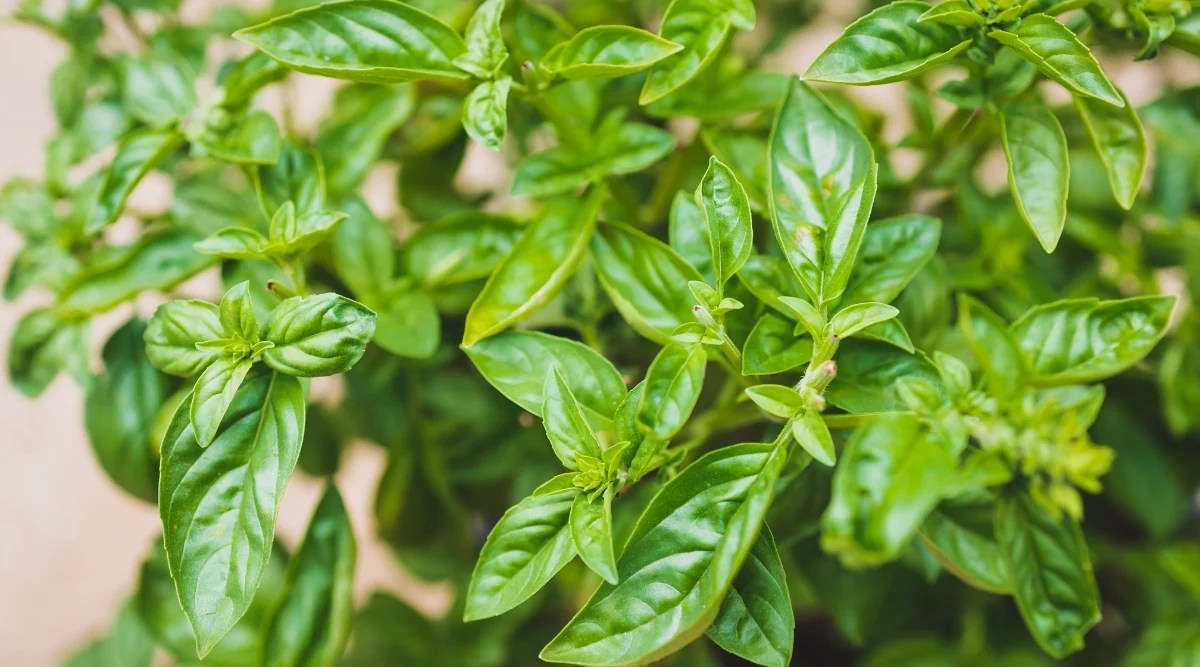
Cilantro
Cilantro works well with watermelonsbecause they wo n’t compete for space or create too much spook . you’re able to engraft it between or on the end of watermelon quarrel .
This endearing - scented annual attracts beneficial insects like lacewing fly and ladybugs , especially when it buy the farm to flower . These insects will eat pest like aphids and other mild - incarnate insects that wreak havoc on your melon patch , so you ’ll want to let in this plant life for sure !
Corn
Corn is a good plant life to let in in your Citrullus vulgaris patch if you ’re try on the Three Sisters method acting I mention earlier . Use it as a trellis for beans or peas , so you do n’t have to worry about putting up trellis yourself .
Corn and watermelons share many of the same cuss problem , like thrips and aphid , so you may encounter more pest pressure if you do n’t take preventative measures . This is why you ’ll also want to include plant that repel these bugs and why companion planting is such a swell method acting .
Dill
lady beetle enjoy dill weed almost as much as they have it away aphid , so you ’ll require to plant a few of these near your watermelon . Other aphid - feed insects will flock to it , too . Watch out , aphids !
Anethum graveolens wo n’t compete too firmly for nutrients and water , and its ontogenesis riding habit wo n’t step in with the melon vines . It works well between Citrullus vulgaris row and should n’t grow vigorously enough to become a trouble , particularly if you ’re invariably harvest from it .
Dwarf Bee Balm
Bee balm is a gorgeous flowerwith oculus - pick up flossy flowerheads . All sorts of beneficial insects will stop at this efflorescence , so you might as well cohere it all around the garden !
The gnome motley is the best for institute with watermelons because of its compact growth wont . It will stay self - hold and wo n’t get too tall , so overcrowding wo n’t be much of a concern .
Garlic
Garlic has a pungent scent that many insect do n’t like , so it ’s agood industrial plant to keep around for pest ascendence role .
Unless you ’re growing elephant garlic , the small electric-light bulb should easily fit between watermelon rows . Do n’t let it get too skinny to watermelon vine beginning , though , or they ’ll start competing for weewee and nutrients .
Lettuce
Lettuce is a great companion plantbecause it dish up several intent . flora lettuce and watermelon vine seeds at the same time . The lettuce will raise quicker and act as a ground cover to forestall weeds , which will help your watermelon seedlings out .
You do n’t have to worry about overcrowding because your lettuce will be quick to harvest by the time the watermelons need space .
Marigolds
Marigolds are great companions to almost everything in the garden , including watermelons . They push back several insects , let in tomato hornworms , squelch bugs , and mosquitoes . They also avail moderate nematode populations in the soil and act as a trap crop for many pests , including aphid .
Marigolds have a stocky ontogenesis substance abuse that will work well in a watermelon patch . you’re able to plant them on the borders or in between dustup , and they wo n’t contend for blank .
Mint
Mint work wonders when it hail to repelling aphid and flea beetles , but this strong-growing grower need to be contained ! Keep it in a container or in a call down bed nearby , and make certain its surreptitious runners do n’t infiltrate your Citrullus vulgaris bottom . ( I thought I had my mint under control , but I was ill-timed ! )
preserve muckle nearby is also convenient for dinner party sentence because mint in a watermelon salad is yummy .
Nasturtium
Nasturtium is a popular trap crop , and for a unspoiled cause . It ’s certainly one of my personal favorites because I get it on its unique leafage and lustrous bloom . But aside from its smasher , the plant attracts many pestilence , and planting it near your watermelon can keep aphids and caterpillars away from your melon .
This blossom has a thickset growth habit that should n’t get in the way of your watermelons , but it ’s good to plant them in a container or on the end of rows .
Onions
Like garlic , Allium cepa are great companions that disgust various pestswith their strong odor . Depending on what kind of onion you grow , you may get them middling close to your watermelons without any problems .
Green onions and chives will fit nicely between rows , but bulbing onions will need to be on the ends of rowing off from watermelon origin . The large bulbs will interfere with the shallow watermelon vine rootage , and both plants will be unhappy .
Oregano
Oregano can grow quickly and sprawl up to 18 inches wide . You may think it wo n’t run well with melon , but they ’re really seemly comrade . Watermelons have a shallow root organization but develop a bite deep than oregano roots .
So , when plant nearby , oregano takes the water it demand , and the watermelons take the rest of it , which serve the oregano not get overwatered . somewhat neat how they assist each other out !
Poppies
Poppies are short plant that do n’t get too bushy , so they ’re beneficial companions to Citrullus vulgaris because they wo n’t cast too much shade . They draw in many pollinators , like bees and butterflies , so you ’ll require them around to help your melon vine get cross-pollinate .
Pair these with another urge flower , and you ’ll have a beautiful garden layer !
Radishes
you could make the most of your limited space with radishes . Plant watermelon and radish seeds at the same time , and you ’ll be able to harvest the radishes before watermelons need place . Continually implant them near your watermelon vine to dissemble as a snare craw for aphids .
opt a small variety like the Early Scarlet Globe so you wo n’t have to worry about the root interfering with melon roots . Some radish varieties are huge and wo n’t make good companions .
Sage
You may observe that many herb are good companions because of their shallow ascendant and pest - repelling powers , and salvia is on that lean of pal . It can repel flea beetles and cabbage measuring worm , both of which can be found bugging your watermelon plant .
salvia has body of water call for similar to oregano , so you may found it closelipped to watermelons as I described earlier . The salvia will take the water it ask , and the watermelon vine will take the remainder .
Snapdragons
snapdragon are beautiful flowersthat will grab your care . It also grabs pollinators ’ attention , so you ’ll want to set them near your melons !
These flowers can arrive at up to 15 inch magniloquent and 3 understructure wide , so they ’re best used on the ends of watermelon vine dustup away from the roots to keep competition . They wo n’t throw too much shade , so they ’re a good flora to keep around .
Sunflowers
Sunflowers are a great alternative to corn if you settle to use the Three Sisters horticulture method . Sunflowers grow tall , sturdy stanch that wo n’t have any trouble holding up pole beans and pea and wo n’t cast too much subtlety on the watermelons . Ensure that your edible bean and helianthus are irrigate at the base to reduce the risk of powdery mildew !
Many insects passel to sunflowers , so you ’ll see pollinators and pest predator . They ’ll also add a bright pop of color to your watermelon dapple , which is a nice added fillip !
Tansy
Tansy is a beautiful flower that pollinators ca n’t get enough of , but it ’s often overlooked by gardeners because it ’s toxic and considered a noxious weed in some areas . Keep this one in a container and handle it with gloves , and you ’ll be skilful to go !
This heyday will make for bee , butterflies , parasitic wasps , and hummingbird to your garden , meaning more plants will be pollinated , resulting in more watermelons .
Final Thoughts
Watermelons do n’t have to be the only thing you uprise in one area . There are so many compatible compounding to try out ! fellow traveler planting is a overbold room to garden , so prefer a twosome of your preferred plants and watch the plant friendship flourish .

